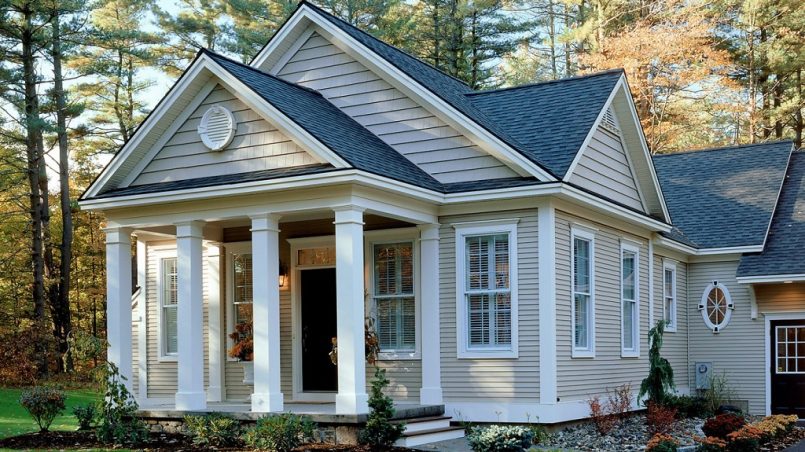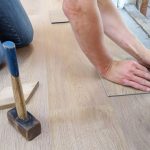The process of fading develops naturally over time. Sadly, there is no way to stop it completely. There are, however, methods for reducing the rate of fading. You may make a big difference by picking the right paint and color. Lighter colors tend to fade less because they absorb less radiation and heat from the sun. Selecting a quality paint that guarantees a degree of UV resistance also helps.
Repaint
A fading outside wall will look fantastic with a fresh coat of paint. In addition to reviving the look of the paint, it will also help to conceal blemishes like mildew and water stains. For the most excellent adhesion, sand the surface with 80 to 100-grit sandpaper before repainting to remove flaking or peeling paint. To prevent the color from fading again in the future, choose an outdoor paint that includes UV-repellent properties in its formulation. Also, select inorganic colors like tans, beiges, and browns instead of organic shades of reds, blues, and yellows that are more prone to fading. Direct sunlight, harsh weather conditions, and extreme temperature fluctuations are all factors that cause your commercial barn’s paint to fade over time. While it is hard to completely stop paint from fading, this advice can help delay it and keep your company’s front appearing brand-new for many years. The professionals at Denver Painting Company always do things correctly. Over the years, they have painted homes both inside and out. Therefore, hiring a professional painter to paint the exterior of your property is the best option.
Check the Sunlight Exposure
The sun’s rays can cause paint to fade by breaking down its pigments. It is hard to observe this process since it is slow and often takes place over a lengthy period. However, if you see a specific area of your home’s exterior look different than others, this is probably due to fading. The type of paint you use affects how quickly it fades. For example, some colors absorb more sunlight and will break down faster than other shades.
Additionally, certain resins are more stable than others. For example, alkyd and oil-based paints fade more rapidly than urethane and 100% acrylic resins. The color of your house also affects how it fades. Vibrant shades like reds, yellows, and dark blues fade faster than neutral tones. Keep your paint in earth tones like tans, beiges, and browns if you want your house to endure longer. These colors contain inorganic pigments, less likely to break down than organic pigments like bright reds and dark blues.
Clean the Surface
Paint fades naturally over time as the pigments that hold its color break down. Specific colors like reds, yellows, and dark blues or greens are more prone to fading as they absorb more UV light. In addition to this natural process, several outside elements can also impact the quality and endurance of your exterior paint color. The type of resin used in the coating can also determine how fast the color will fade. Oil-based, alkyd and epoxy paints fade quickly, while urethane and 100% acrylic paints are more fade-resistant. Poorly prepared walls or a lack of primer use can also result in fading paint as they weaken the surface and allow the absorption of more UV rays. Finally, adding a tinter to white paint or over-tinting pale paint can cause it to fade prematurely. It is especially true if your paint has been exposed to chemicals or pollutants like chlorine bleach, herbicides, or pesticides.
Apply a Sealant
Even high-quality paints lose their sheen over time. If this happens on your building’s exterior, it can affect its curb appeal and discourage prospective customers from showing interest in your business. The sun’s ultraviolet (UV) rays are the most significant contributor to paint fading. These rays directly impact the pigments in wall paint, exposing them to many painting problems, including fading. Quality exterior paint formulated with UV-resistant additives is a great way to keep your color from fading prematurely. Additionally, applying a sealant once every year is a good idea to protect the paint and keep its sheen.














